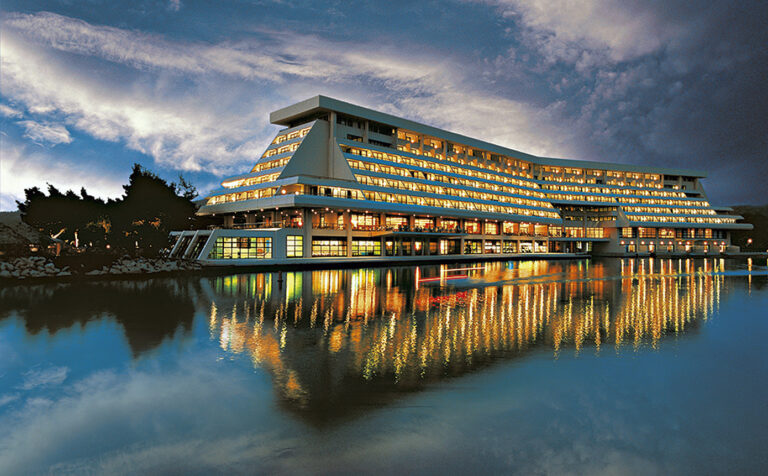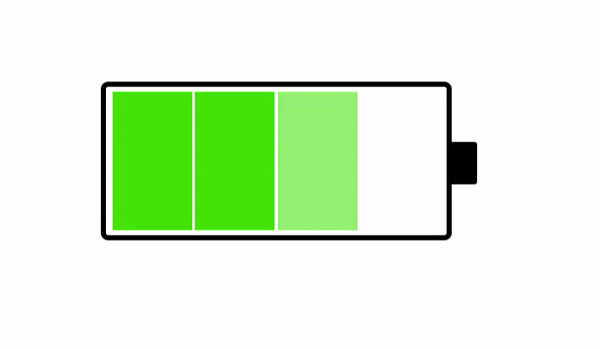In a broad sense, lodging properties generally consist of the following three parts:
- Guestrooms: Guestrooms are spaces for sleeping and are the most essential part of a lodging property. While some lodging properties might lack other parts, none can exist without guestrooms. Additionally, the quality of guestrooms is the most significant factor influencing the pricing of lodging products.
- Amenities: Spaces where optional services are provided, other than sleeping, are called amenities. For example, food and beverage outlets, lounges, banquet halls, swimming pools, and casinos fall under amenities. Depending on the type of lodging property, the relevant laws may specify the requirements for amenities.
- Public Facilities: Public facilities do not directly generate revenue, but without them, the establishment cannot fulfill its role as a standalone product. The lobby is an example of public facilities. Other public facilities include parking lots, staff spaces, mechanical rooms, electrical rooms, and linen rooms.
In the narrow sense, lodging properties must meet the following requirements according to ‘Enforcement Regulation of Public Health Control Act, Annex 1’:
- Residential lodging properties must have cooking facilities and ventilation facilities or windows. If cooking facilities are installed indoors, fixed cooking facilities must be installed in each room or in a communal cooking area.
- Residential lodging properties must have a bathroom or shower in each room. However, a “hostel”, as defined in Article 2, Paragraph 1, Subparagraph 2(m) of the Enforcement Decree of Tourism Promotion Act, may have shared bathrooms or showers.
- For lodging properties that are part of a building, the guestrooms must either occupy dedicated floors or have 30 or more rooms, or the area used for lodging business must be at least one-third of the building’s gross floor area. However, considering regional conditions, the number of rooms and area standards may be relieved by ordinances of metropolitan cities, provinces, special self-governing cities, or special self-governing provinces.


